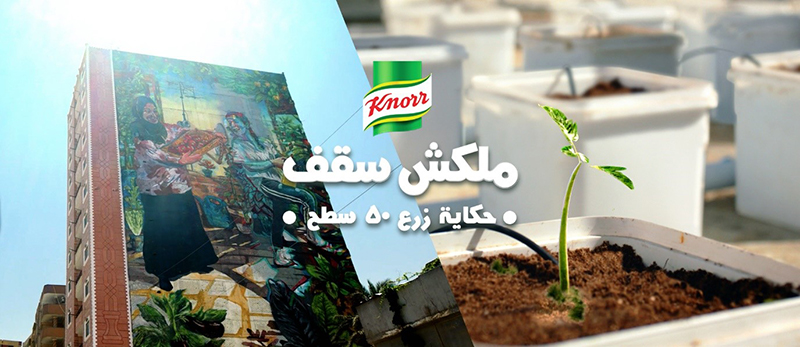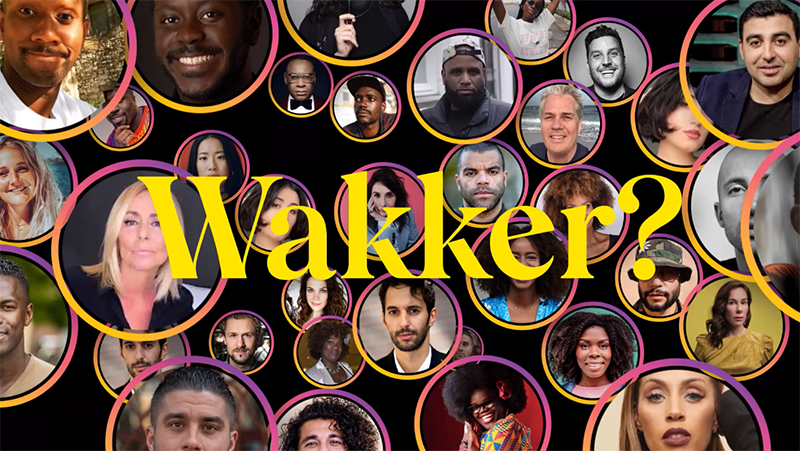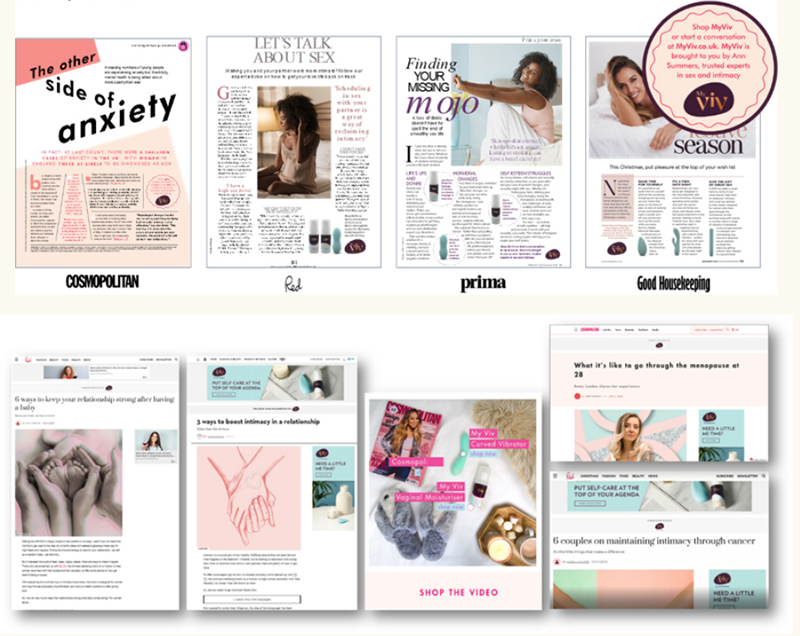After judging the Effective Use of Partnerships & Sponsorships category of the 2021 WARC Awards for Media, Decode Strategy Labs’ Rahul Chawra writes about winners that used clever partnerships to tackle social issues.
Necessity is often the driving force behind inventive thinking. Such is the case with several WARC Awards for Media winners this year, which used the power of creativity to overcome limitations around taboo subjects, social issues, marketing budgets, etc.
We saw examples of commercial brands as well as NGOs using creative thinking to establish meaningful partnerships which led to a disproportionate impact on social issues.
While there is a lot to learn from these examples, partnerships for social good or meeting commercial objectives don’t have to be born out of necessity. Enough evidence exists to prove the impact of partnerships towards driving important outcomes: it’s time for brands to consider moving partnerships from being a ‘good-to-have’ in the brand communication plan to being an important ‘must-have’ pillar. Not only when necessity forces one to think out of the box.
The winners this year show sheer ingenuity in how partnerships can be beneficial to generating impact. Here are some takeaways.
Using partnerships to fill an expertise gap
As one of the largest food brands in Egypt, Unilever’s Knorr wanted to make a lasting dent in the country’s hunger crisis.
Instead of helping the underprivileged with a one-time food donation, they took the bold step of creating a sustainable business model. They partnered with German engineers to create rooftop farms using low-budget hydroponic technology. Next, they ran classroom sessions to teach farming and also bought the produce – creating a complete business with sustainable income.

Partnerships didn’t end there. Knorr also partnered with Egypt's largest NGO, Misr El Kheir, to scale the idea to over 100 rooftops nationwide. Facebook also joined the partnership to provide pro-bono media that helped spread the message and participation.
Nobody expects marketers working on food brands to be experts in farming or education. But that lack of knowledge doesn’t have to turn into a limitation towards making a meaningful impact in society.
With the right partnerships, these marketers not only overcame their limitations but also created an initiative that received the President’s endorsement in the form of a bill passed by the parliament to implement the initiative nationwide.
Using partnerships to convey an important yet taboo-ridden message, respectfully
While breast cancer is often curable with early detection, only 10% of women in Lebanon ever performed a self-exam. Talking about their bodies is an uncomfortable topic for most women, the result being low awareness of how to perform a self-examination.
NGO Lebanese Breast Cancer Foundation (LBCF) disguised self-examination training within a bread-making recipe video from an extremely popular traditional baker, Um Ali. The video showed bread dough being used to show the steps involved in performing a breast self-examination.

The Foundation also partnered with Dr. Ghaziri, a gynaecologist from the American University of Beirut Medical Centre, who worked alongside Um Ali to ensure that all steps were conveyed correctly. The partnership extended to showing the recipe on packs of Spinney’s Flour and bread-wrapping paper.
Behind the incredible earned media, lies the most important result – a 41% increase in screenings at partner clinics over nine months.
LBCF not only managed to bring a socially relevant, intimate yet taboo-driven topic to millions of Lebanese women, but did it in a tactful manner that opened them up to receive the message.
Using partnerships to convey a relevant message to communities
The global Black Lives Matter movement helped initiate conversations around diversity and inclusion in Dutch society. It also exposed the absence of content related to these topics on mainstream public broadcast channels that weren’t in tune with the changes in society.
Once every five years, the government provides an opportunity to pitch a new channel that can become a part of the public broadcast. The only requirement being to show that they have 50,000 paid members.
Omroep Zwart, an inclusive broadcasting station, launched a campaign to create the world's first intrinsically inclusive TV station. Within a very short period of time, they managed to get 57,328 registrations with zero budgets. They did this by sending out an appeal to celebrities and influencers who represent diverse communities to support the mission. In turn, these leaders organically drove the message to their followers, who belonged to various underrepresented communities.

The nature of the partnership here is based on trust instead of formal agreements. The partners saw authenticity in the approach and also realised the importance of the message to the communities they represent.
This campaign shows how paid collaborations with influencers and celebrities are just one of the many ways to tap into their influence.
Using partnerships that drive relevance at scale
Ann Summers, a sex toy and lingerie retailer in the United Kingdom, launched a new brand, My ViV to help a wide range of women to regain sexual confidence. One that goes beyond the industry’s uni-dimensional view of female customers as young, fun, liberated and curious.
To do this, they decided to challenge existing convention in British society by working with the media industry to create a more honest and realistic portrayal of women, sex and sexual confidence and making it inclusive and relevant for all – be it women after childbirth, recovering from cancer, having reached menopause, etc.
They carefully featured sexual confidence messages by working together with the editors of Hearst, the leading female-oriented publisher in the UK that owns the titles Cosmopolitan, Good Housekeeping, Red and Prima.
This partnership enabled them to reach under-represented women in their safe space with contextual messages around sexual confidence. Scaling this message to a wide section of society would not have been possible without this partnership.

These partnership examples show the sheer width of possibilities that are being deployed by brands and NGOs to make an impact on social issues.
The ingenuity of the creative ideas in these campaigns shows the hunger that organisations had to make a meaningful impact despite limited financial resources.
However, as marketers, we should learn from these examples and not let necessity be the only driving force behind exploring meaningful partnerships.
It is time that partnerships got their due as a fundamental pillar in integrated marketing and communications plans.

